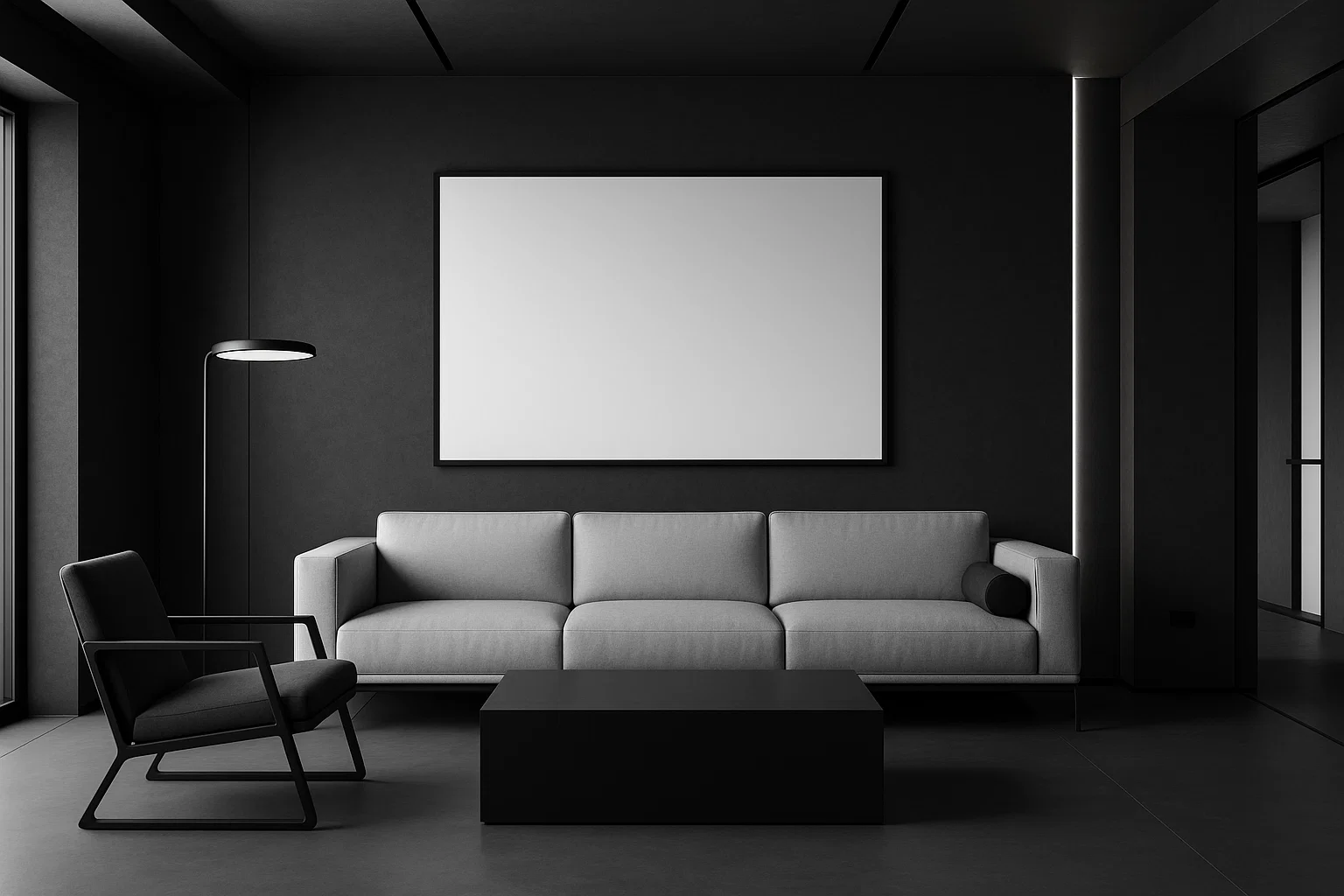"Mastering the Minimalist Living Room: A Guide to Calm and Style
Creating a serene and clutter-free living space is a growing desire for many. The concept of a Minimalist living room offers a pathway to achieve this tranquility, blending aesthetics with practicality. Embracing a Minimalist living room design isn't just about having less; it's about having the *right* things, arranged intentionally to promote peace and functionality. This article explores how to transform your living area into a beautiful and calming Minimalist living room.
## What Defines a Minimalist Living Room?
A Minimalist living room is characterized by simplicity, clean lines, and a focus on essential elements. It prioritizes open space, natural light, and a curated selection of furniture and decor. The core principle is "less is more," creating an environment that reduces visual noise and promotes relaxation.
## Why Choose a Minimalist Living Room?
Opting for a Minimalist living room offers numerous benefits:
* **Reduced Stress:** Less clutter leads to a calmer mind.
* **Easier Cleaning:** Fewer items mean less to clean around and fewer surfaces to dust.
* **Improved Focus:** A distraction-free environment can enhance concentration.
* **Enhanced Aesthetics:** Carefully selected pieces stand out and contribute to a sophisticated look.
* **Increased Openness:** The room feels larger and more spacious.
## How to Create Your Ideal Minimalist Living Room
Transforming your space into a Minimalist living room involves several key steps:
### 1. Ruthless Decluttering
This is the foundational step. Go through everything in your living room. Ask yourself if each item is necessary, functional, or truly brings you joy. Be honest and let go of items that don't serve a purpose or add value. Donate, sell, or discard items you no longer need or love. A true Minimalist living room starts with a blank canvas, free from excess.
### 2. Choose Functional and Quality Furniture
Select furniture pieces that are essential, comfortable, and have clean, simple designs. Prioritize quality over quantity. Look for multi-functional items, like an ottoman with storage or a modular sofa. Ensure the scale of the furniture fits the room without overcrowding it. For a Minimalist living room, think about core pieces: a comfortable sofa, perhaps one or two accent chairs, and a simple coffee table.
### 3. Adopt a Simple Color Palette
Neutral colors are the hallmark of a Minimalist living room. Think whites, creams, greys, and muted earthy tones. These colors create a calm, cohesive backdrop. You can introduce minimal pops of color through carefully chosen accessories, but keep the overall palette soft and restrained.
### 4. Curate Your Decor and Accessories
In a Minimalist living room, every decorative item should be intentional. Instead of many small knick-knacks, choose a few impactful pieces: a large piece of art, a striking floor lamp, or a few well-placed plants. Clear surfaces contribute significantly to the minimalist aesthetic.
### 5. Maximize Natural Light and Choose Simple Lighting
Abundant natural light is key to a bright and airy Minimalist living room. Avoid heavy curtains; opt for sheer drapes or blinds. Supplement with simple, functional artificial lighting. Floor lamps and table lamps with clean designs work well, providing focused light without adding visual clutter.
### 6. Implement Smart Storage Solutions
To maintain a clutter-free Minimalist living room, effective storage is crucial. Utilize furniture with hidden storage. Closed cabinets and drawers are excellent for keeping items out of sight, ensuring surfaces remain clear and the room feels tidy.
### 7. Embrace Empty Space
Empty space, often referred to as "white space" in design, is vital in a Minimalist living room. It allows the eyes to rest and highlights the pieces you've chosen to keep. Don't feel the need to fill every corner or wall. Empty areas are part of the design, contributing to the feeling of openness and calm.
## Maintaining Your Minimalist Living Room
Once you've created your Minimalist living room, maintaining it is simpler. Adopt habits like putting items back in their place immediately and doing quick daily tidy-ups. Regular decluttering check-ins can prevent clutter from accumulating again.
## Conclusion
Designing a Minimalist living room is a rewarding process that leads to a more peaceful and functional home. By focusing on decluttering, selecting intentional furniture and decor, and embracing simplicity, you can create a space that is not only aesthetically pleasing but also promotes well-being. Your Minimalist living room can become a true sanctuary, a place of calm in your home."

- Nisan 27, 2025
0
50
3 minutes read
You can share this post!
administrator



